President Trump has recently shifted the blame for the ongoing housing crisis in the United States to Jerome Powell, the chairman of the US Federal Reserve. However, top analysts from JP Morgan and Morgan Stanley argue that the current high mortgage rates are not the result of Powell's actions, but rather a consequence of the Fed's decision to keep interest rates ultra-low for years after the financial crisis.
According to data from the National Association of Realtors, the median existing single-family home price in the United States has increased by 43% over the past five years, with the current median price standing at $270,900. Meanwhile, the average 30-year fixed mortgage rate has risen to 7.4%, up from 3.5% in 2020. This sharp increase in mortgage rates has made it increasingly difficult for Millennial and Gen Z homeowners to afford homes, with many being priced out of the market.
The Fed's decision to keep interest rates low in the aftermath of the financial crisis was intended to stimulate economic growth and prevent a repeat of the 2008 housing market collapse. However, this policy has had the unintended consequence of inflating home prices and reducing affordability. As a result, many potential homebuyers have been forced to take on larger mortgages or seek out alternative forms of housing, such as renting.
JP Morgan analysts have estimated that the current mortgage rate environment is equivalent to a 20% increase in mortgage rates, which has effectively "snapped the trap shut" on Millennial and Gen Z homeowners. This is because many of these individuals have been priced out of the market due to the low interest rates of the past decade, which have artificially inflated home prices.
Morgan Stanley analysts have also weighed in on the issue, arguing that the current high mortgage rates are a result of the Fed's legacy policy decisions rather than any recent actions by Powell. They note that the Fed's decision to keep interest rates low for an extended period has created a "housing affordability crisis" that is now being exacerbated by the current high mortgage rates.
The impact of the housing crisis is being felt across the industry, with many homebuilders and real estate companies reporting declining sales and profits. For example, the National Association of Home Builders reported that the US housing market has been experiencing a decline in sales for the past six months, with the current sales pace being 10% lower than the same period last year.
The future outlook for the housing market remains uncertain, with many analysts predicting that the current high mortgage rates will continue to impact affordability and demand. However, some experts believe that the market may eventually stabilize as interest rates begin to decline and home prices adjust to the new reality. In the meantime, policymakers and industry leaders will need to work together to address the underlying issues driving the housing crisis and find solutions to make homeownership more affordable for all.
In terms of product details, the current high mortgage rates are affecting a wide range of mortgage products, including fixed-rate and adjustable-rate mortgages. However, some mortgage products, such as government-backed loans and jumbo loans, may be less affected by the current high mortgage rates. Homebuyers and homeowners should carefully review their mortgage options and consider seeking advice from a financial advisor or mortgage broker to determine the best course of action.
Ultimately, the housing crisis is a complex issue that requires a comprehensive solution. While President Trump's blame game may be a distraction, the underlying issues driving the crisis are clear. Policymakers and industry leaders must work together to address the legacy of the Fed's ultra-low interest rate policy and find ways to make homeownership more affordable for all.
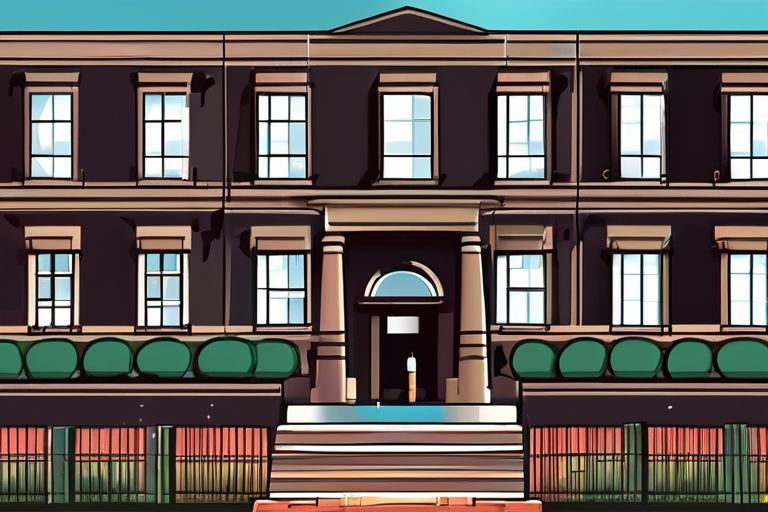


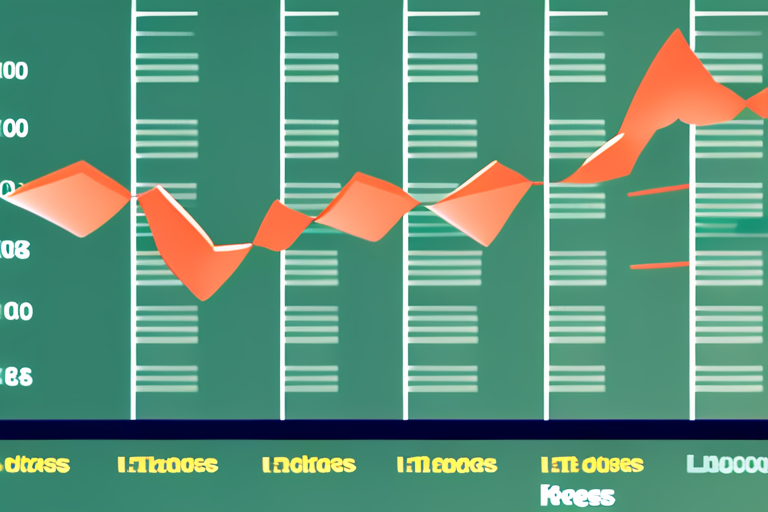
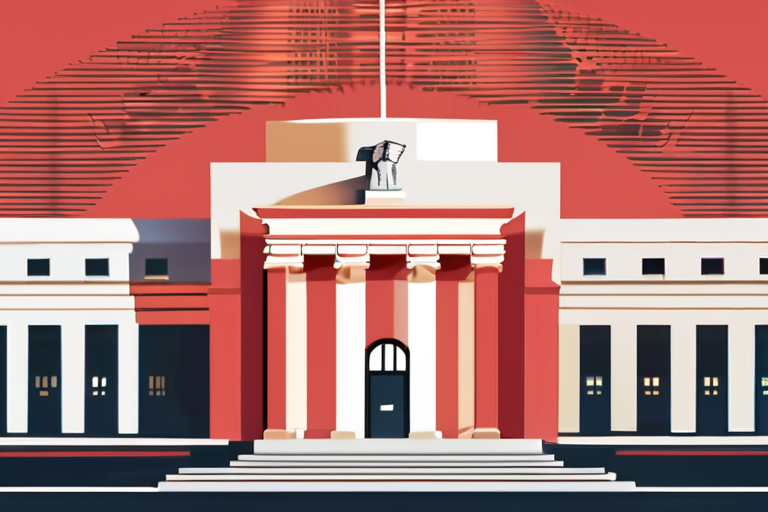
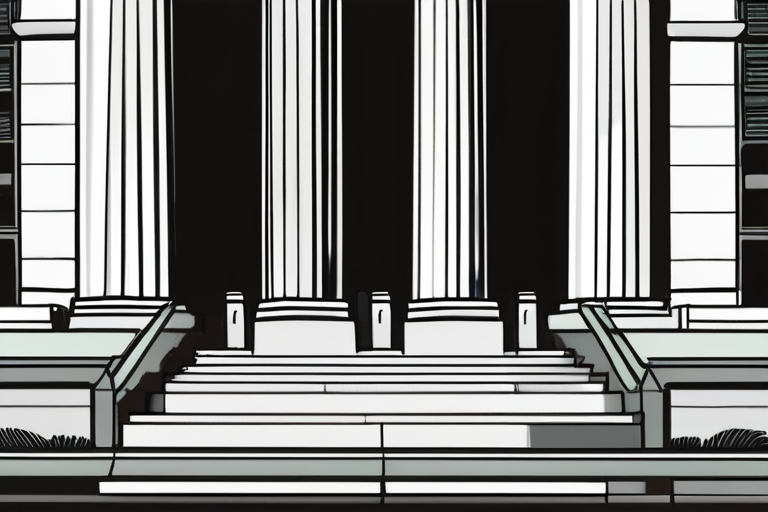
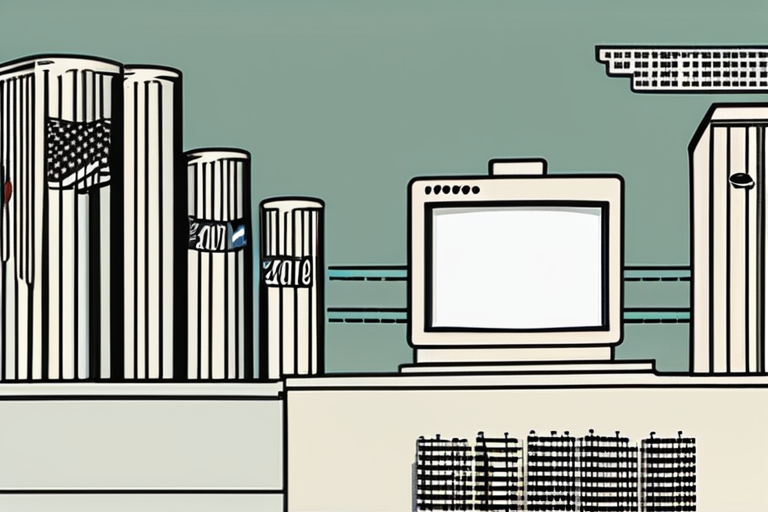
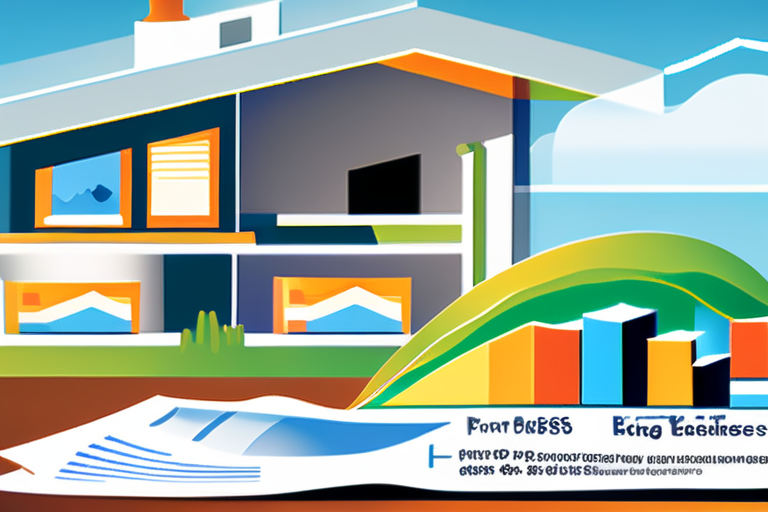

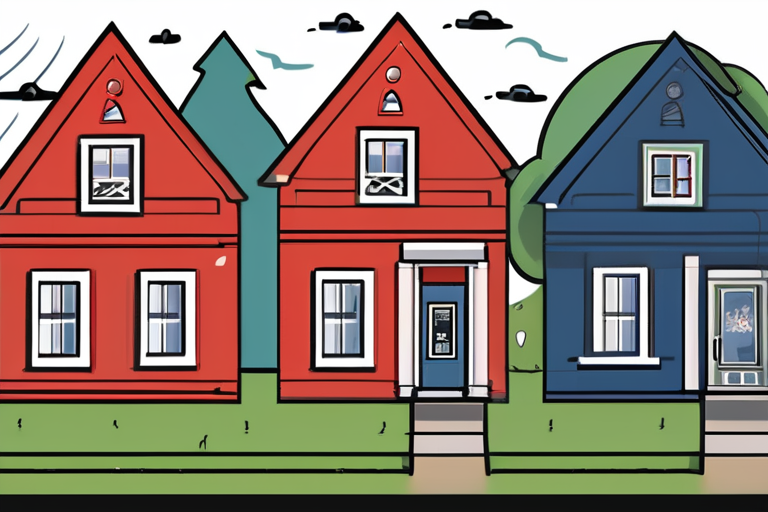
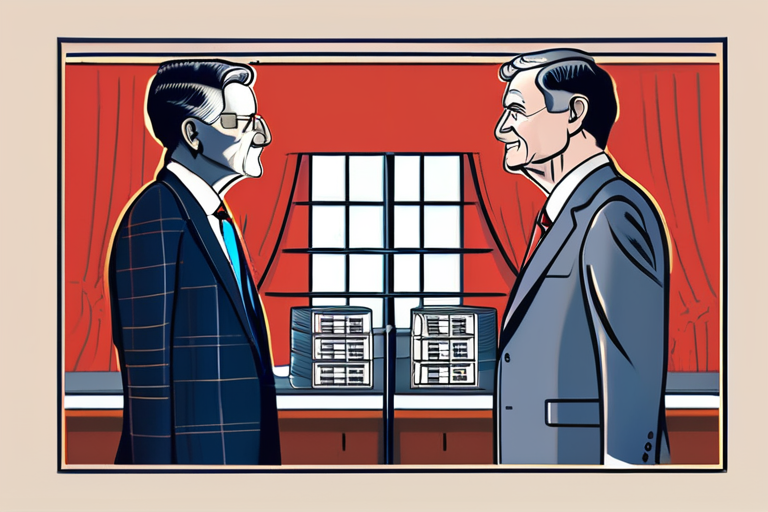







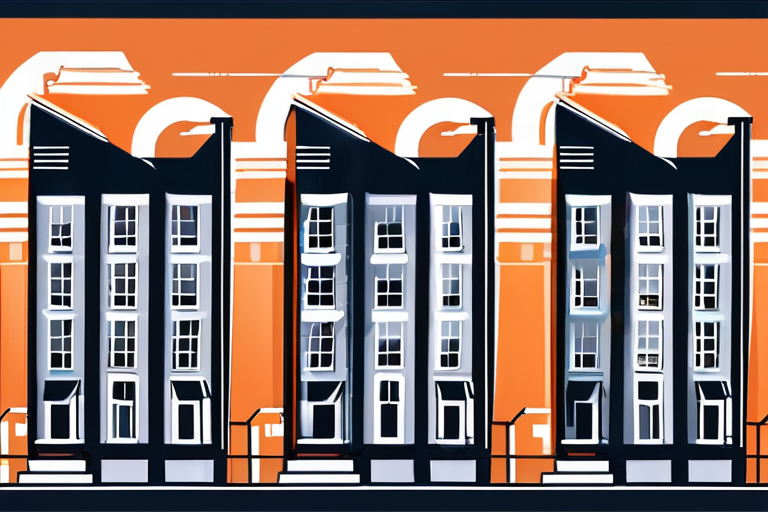
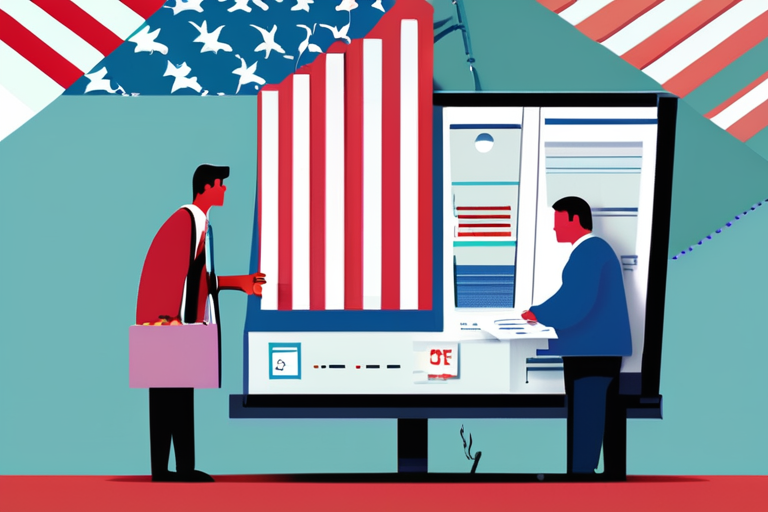
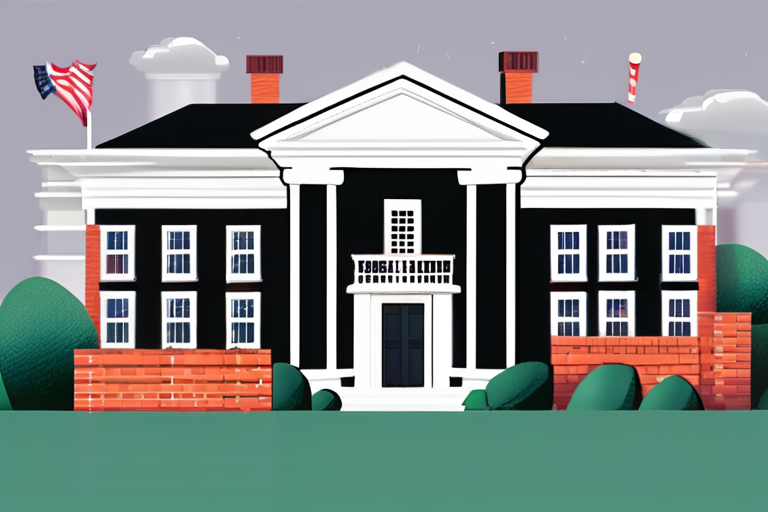

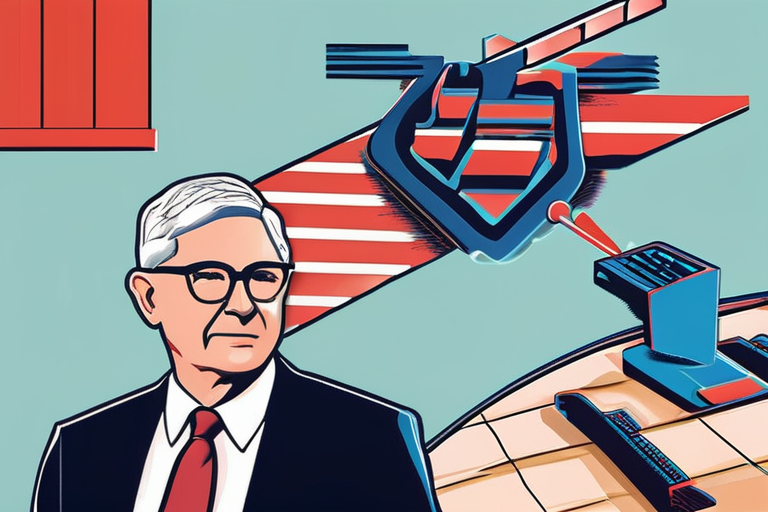

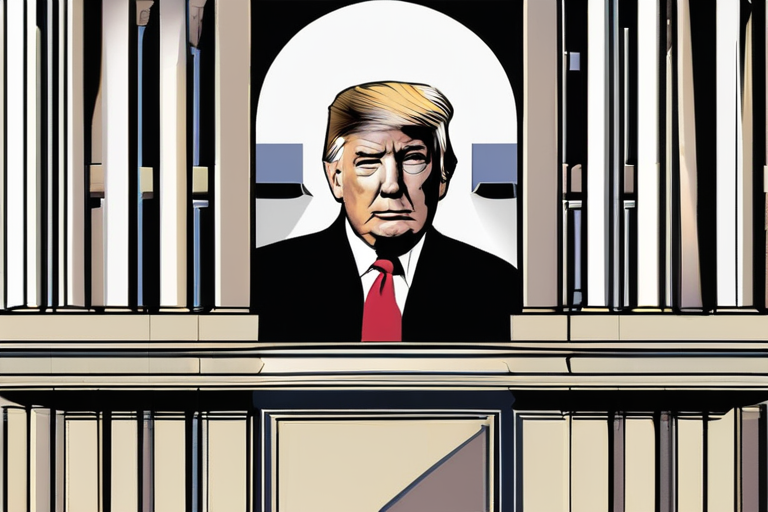


Share & Engage Share
Share this article